Tennis is a sport that requires a lot of movement, agility, and speed. You need to be able to change direction quickly, sprint, stop, and slide on different surfaces. That’s why choosing the right pair of shoes is crucial for your performance and comfort. In this post, we will explore what are good shoes for tennis, what features to look for, and some of the best options available on the market.
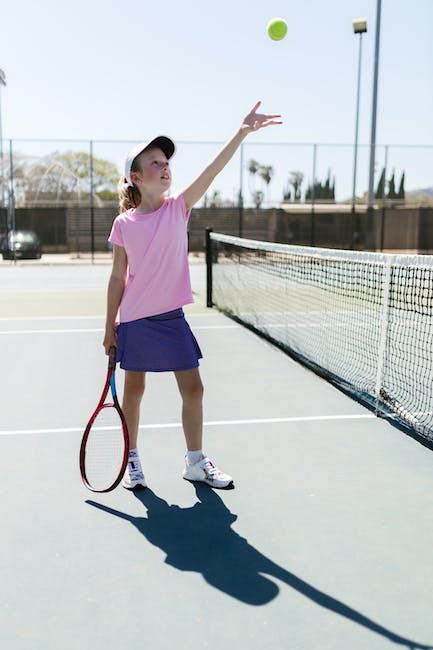
Why do you need good shoes for tennis?
The first question you might ask is why do you need good shoes for tennis? Can’t you just wear any sneakers or running shoes? The answer is no. Tennis shoes are specially designed to provide support, stability, and durability for the specific demands of the game. Here are some of the benefits of wearing good shoes for tennis:
- Prevent injury: Tennis shoes can help prevent injuries by providing cushioning, shock absorption, and ankle support. They can also reduce the risk of blisters, sprains, and strains by fitting snugly and preventing your feet from sliding inside the shoe.
- Improve performance: Tennis shoes can also improve your performance by enhancing your traction, speed, and agility. They can help you move around the court faster and more efficiently by offering a good grip on different surfaces. They can also help you change direction quickly and smoothly by providing lateral support and stability.
What features to look for in good shoes for tennis?
Now that you know why you need good shoes for tennis, let’s see what features to look for when choosing a pair. There are many factors to consider, such as your playing style, foot type, court surface, and personal preference. However, some of the most important features are:
- Durability: Tennis shoes undergo a lot of wear and tear due to the frequent stops, starts, and slides on the court. That’s why you need a durable shoe that can withstand abrasion and last longer. Look for shoes that have reinforced toe caps, rubber outsoles, and abrasion-resistant materials.
- Cushioning: Tennis shoes also need to provide adequate cushioning to absorb the impact of landing and protect your joints from stress. Look for shoes that have midsole foam, gel inserts, or air units that offer shock absorption and comfort.
- Support: Tennis shoes also need to provide support to keep your feet stable and aligned during lateral movements. Look for shoes that have heel counters, midfoot shanks, or arch supports that offer stability and prevent overpronation or supination.
- Fit: Finally, tennis shoes need to fit well to ensure optimal performance and comfort. Look for shoes that match your foot shape, size, and width. You should have enough room in the toe box to wiggle your toes, but not too much that your feet slide around. You should also have a snug fit in the heel and midfoot to prevent slipping or rubbing.
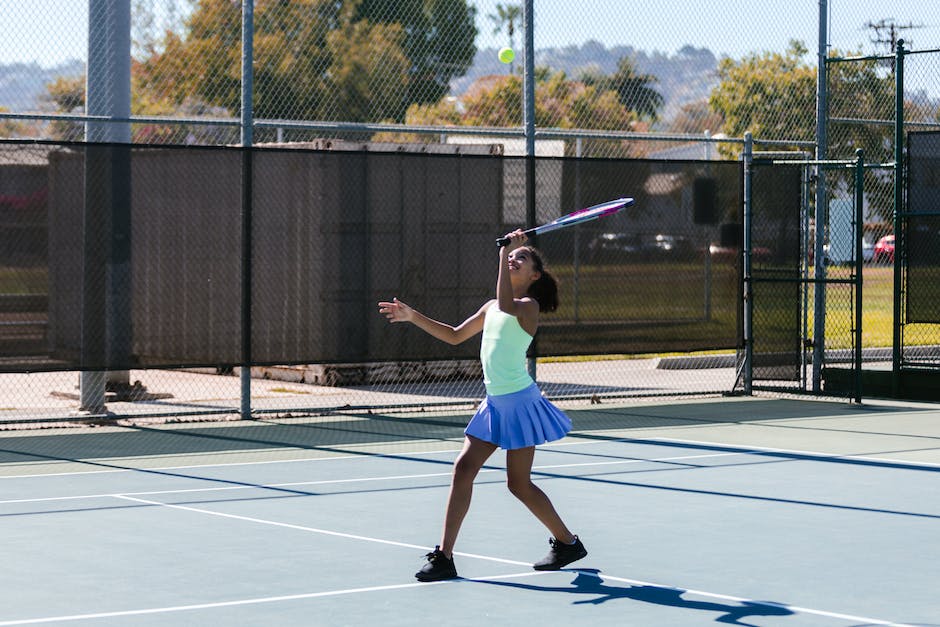
How to choose the best pair of shoes for your playing style?
Another factor to consider when choosing good shoes for tennis is your playing style. Different players have different needs and preferences when it comes to their footwear. Here are some general guidelines based on your playing style:
- Baseline players: If you play mostly from the back of the court and hit powerful groundstrokes, you need shoes that offer durability, cushioning, and stability. You also need shoes that have good traction on hard courts, as this is where most baseline players play. Some examples of good shoes for baseline players are Adidas Adizero Ubersonic and Nike Air Zoom Vapor.
- Serve-and-volley players: If you play mostly from the net and rely on quick volleys and serves, you need shoes that offer lightweightness, flexibility, and breathability. You also need shoes that have good grip on grass or clay courts, as this is where most serve-and-volley players play. Some examples of good shoes for serve-and-volley players are Asics Gel Resolution and K-Swiss Hypercourt Express.
- All-court players: If you play a balanced game that combines both baseline and net play, you need shoes that offer versatility, comfort, and responsiveness. You also need shoes that can adapt to different court surfaces, as this is where most all-court players play. Some examples of good shoes for all-court players are Nike Air Zoom Vapor Pro and Adidas Adizero Ubersonic.
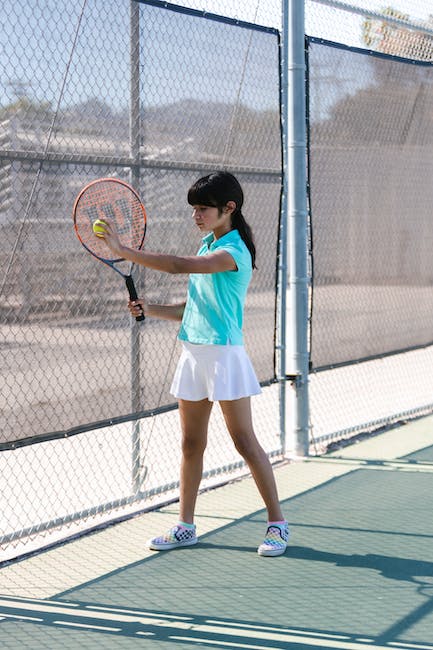
How to choose the best pair of shoes for your foot type?
Another factor to consider when choosing good shoes for tennis is your foot type. Different foot types have different needs and preferences when it comes to their footwear. Here are some general guidelines based on your foot type:
- Normal feet: If you have normal feet, which means you have a medium arch and a neutral pronation, you can wear any type of shoe that fits well and feels comfortable. You don’t need any special features or adjustments to your shoes.
- Flat feet: If you have flat feet, which means you have a low or no arch and an overpronation, you need shoes that offer support, stability, and motion control. You also need shoes that have a firm midsole, a medial post, or an orthotic insert to prevent your feet from rolling inward. Some examples of good shoes for flat feet are Asics Gel Resolution and Nike Air Zoom Vapor Pro.
- High-arched feet: If you have high-arched feet, which means you have a high arch and an underpronation, you need shoes that offer cushioning, shock absorption, and flexibility. You also need shoes that have a soft midsole, a curved last, or a removable insole to allow your feet to roll outward. Some examples of good shoes for high-arched feet are Adidas Adizero Ubersonic and K-Swiss Hypercourt Express.
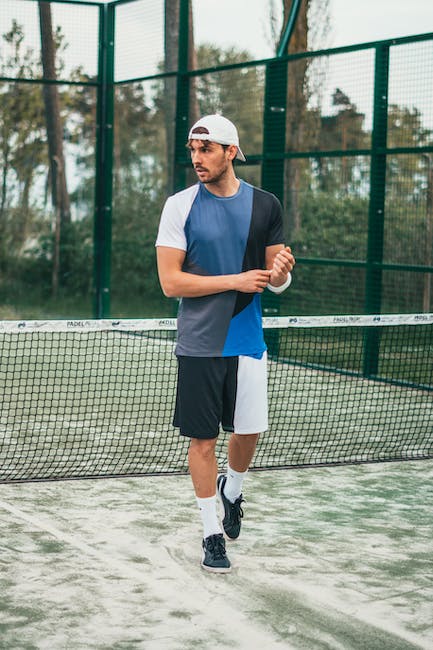
How to choose the best pair of shoes for your court surface?
Another factor to consider when choosing good shoes for tennis is your court surface. Different court surfaces have different effects on your shoes and your game. Here are some general guidelines based on your court surface:
- Hard courts: If you play on hard courts, which are the most common and the most abrasive, you need shoes that offer durability, traction, and cushioning. You also need shoes that have thick rubber outsoles, herringbone or modified herringbone patterns, and midsole foam or gel units. Some examples of good shoes for hard courts are Nike Air Zoom Vapor Pro and Adidas Adizero Ubersonic.
- Clay courts: If you play on clay courts, which are softer and slower, you need shoes that offer grip, stability, and lightweightness. You also need shoes that have thin rubber outsoles, full herringbone or fishbone patterns, and mesh or synthetic uppers. Some examples of good shoes for clay courts are Asics Gel Resolution and K-Swiss Hypercourt Express.
- Grass courts: If you play on grass courts, which are the fastest and the most slippery, you need shoes that offer traction, flexibility, and breathability. You also need shoes that have nubbed or pimples outsoles, low-profile patterns, and leather or canvas uppers. Some examples of good shoes for grass courts are Nike Air Zoom Vapor and Adidas Adizero Ubersonic.
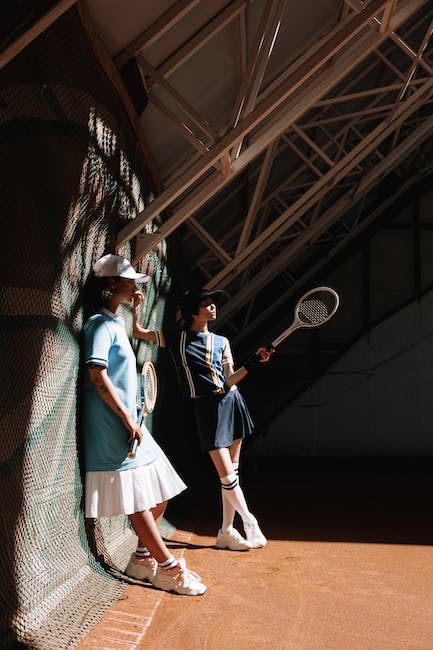
What are some of the best tennis shoes for women?
If you are looking for some of the best tennis shoes for women, here are some of the top options available on the market:
- Nike Air Zoom Vapor Pro: This is one of the most popular and versatile tennis shoes for women. It offers a combination of lightweightness, responsiveness, and durability. It has a breathable mesh upper, a Zoom Air unit in the heel, and a rubber outsole with a modified herringbone pattern. It is suitable for all court surfaces and all playing styles.
- Adidas Adizero Ubersonic: This is another top-notch tennis shoe for women. It offers a blend of speed, comfort, and stability. It has a seamless knit upper, a Boost midsole, and a rubber outsole with a herringbone pattern. It is ideal for hard and grass courts and for baseline and serve-and-volley players.
- Asics Gel Resolution: This is one of the most durable and supportive tennis shoes for women. It offers a balance of cushioning, stability, and motion control. It has a synthetic leather upper, a Gel cushioning system in the forefoot and rearfoot, and a rubber outsole with a full herringbone pattern. It is perfect for clay courts and for flat-footed players.
- K-Swiss Hypercourt Express: This is one of the most comfortable and flexible tennis shoes for women. It offers a mix of shock absorption, breathability, and lightweightness. It has a mesh upper with synthetic leather overlays, an EVA midsole with Ortholite sockliner, and a rubber outsole with a fishbone pattern. It is great for grass courts and for high-arched players[^35
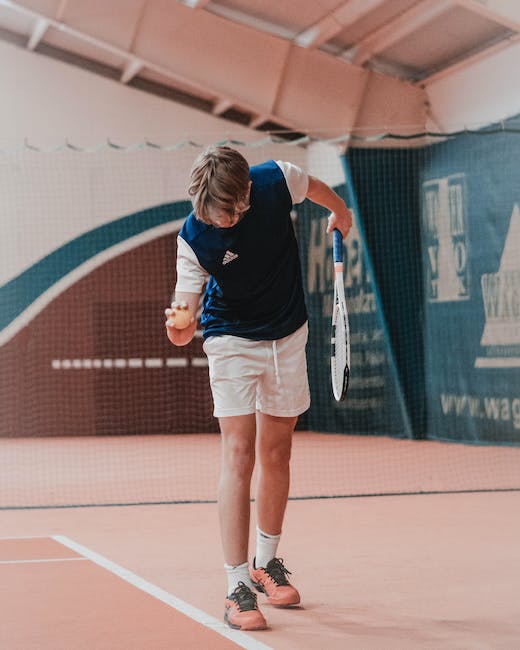
FAQ
What are the best tennis shoes for wide feet?
If you have wide feet, you need shoes that offer enough room in the toe box and the midfoot to prevent squeezing or rubbing. You also need shoes that have a flexible upper and a soft midsole to accommodate your foot shape. Some examples of good tennis shoes for wide feet are Nike Air Zoom Vapor Pro and K-Swiss Hypercourt Express.
What are the best tennis shoes for narrow feet?
If you have narrow feet, you need shoes that offer a snug fit in the heel and the midfoot to prevent slipping or sliding. You also need shoes that have a stiff upper and a firm midsole to provide support and stability. Some examples of good tennis shoes for narrow feet are Adidas Adizero Ubersonic and Asics Gel Resolution.
What are the best lightweight tennis shoes?
If you are looking for lightweight tennis shoes, you need shoes that offer a minimalistic design, a breathable upper, and a responsive midsole. You also need shoes that have a thin rubber outsole and a low-profile pattern to reduce weight and drag. Some examples of good lightweight tennis shoes are Nike Air Zoom Vapor and Adidas Adizero Ubersonic.
What are the best cushioned tennis shoes?
If you are looking for cushioned tennis shoes, you need shoes that offer a plush feel, a padded tongue and collar, and a comfortable insole. You also need shoes that have a thick rubber outsole and a midsole foam or gel unit to absorb shock and protect your joints. Some examples of good cushioned tennis shoes are Asics Gel Resolution and Nike Air Zoom Vapor Pro.
What are the best durable tennis shoes?
If you are looking for durable tennis shoes, you need shoes that offer a robust construction, a reinforced toe cap, and an abrasion-resistant material. You also need shoes that have a thick rubber outsole and a herringbone or modified herringbone pattern to withstand wear and tear. Some examples of good durable tennis shoes are Nike Air Zoom Vapor Pro and Asics Gel Resolution.
How often should you replace your tennis shoes?
The frequency of replacing your tennis shoes depends on several factors, such as your playing frequency, intensity, style, court surface, and shoe quality. However, a general rule of thumb is to replace your tennis shoes every 6 months or every 500 miles of wear. You can also check for signs of wear and tear on your shoes, such as cracks, holes, or uneven soles.
How to clean your tennis shoes?
To clean your tennis shoes, you can follow these steps:
- Remove the laces and insoles from your shoes.
- Use a soft brush or cloth to remove any dirt or dust from the upper and the outsole of your shoes.
- Mix some mild detergent with warm water in a bucket or a sink.
- Dip the brush or cloth in the solution and gently scrub the upper and the outsole of your shoes.
- Rinse the brush or cloth with clean water and wipe off any excess soap from your shoes.
- Stuff some newspaper or paper towels inside your shoes to absorb moisture and help them retain their shape.
- Let your shoes air dry in a cool and ventilated place. Avoid direct sunlight or heat sources.
- Replace the laces and insoles when your shoes are completely dry.
How to lace your tennis shoes?
There are many ways to lace your tennis shoes, depending on your preference and comfort. However, one of the most common and simple ways is to use the criss-cross method:
- Start from the bottom eyelets and insert the lace from the outside to the inside on both sides.
- Cross the lace over to the opposite side and insert it from the outside to the inside on the next eyelet up.
- Repeat this process until you reach the top eyelets.
- Tie the lace into a bow or knot as usual.
How to break in your tennis shoes?
To break in your tennis shoes, you can follow these tips:
- Wear your new shoes around the house for a few days before playing on the court. This will help them mold to your feet and loosen up any stiff areas.
- Wear thick socks or two pairs of socks when wearing your new shoes. This will provide extra cushioning and reduce friction.
- Apply some petroleum jelly or shoe conditioner to any areas that rub or cause blisters on your feet. This will soften the material and prevent irritation.
- Stretch your new shoes by bending, twisting, or pulling them gently with your hands. This will increase their flexibility and comfort.
How to store your tennis shoes?
To store your tennis shoes, you can follow these tips:
- Clean your tennis shoes after each use. This will prevent dirt, sweat, or bacteria from accumulating on them.
- Store your tennis shoes in a cool and dry place. Avoid damp or humid areas that can cause mold or mildew.
- Store your tennis shoes in a shoe bag or a shoe box. This will protect them from dust, sunlight, or insects.
- Store your tennis shoes separately from your other shoes. This will prevent any color transfer or odor contamination.





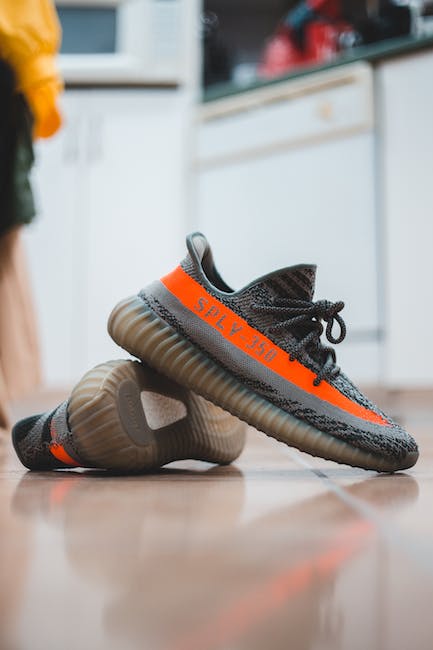

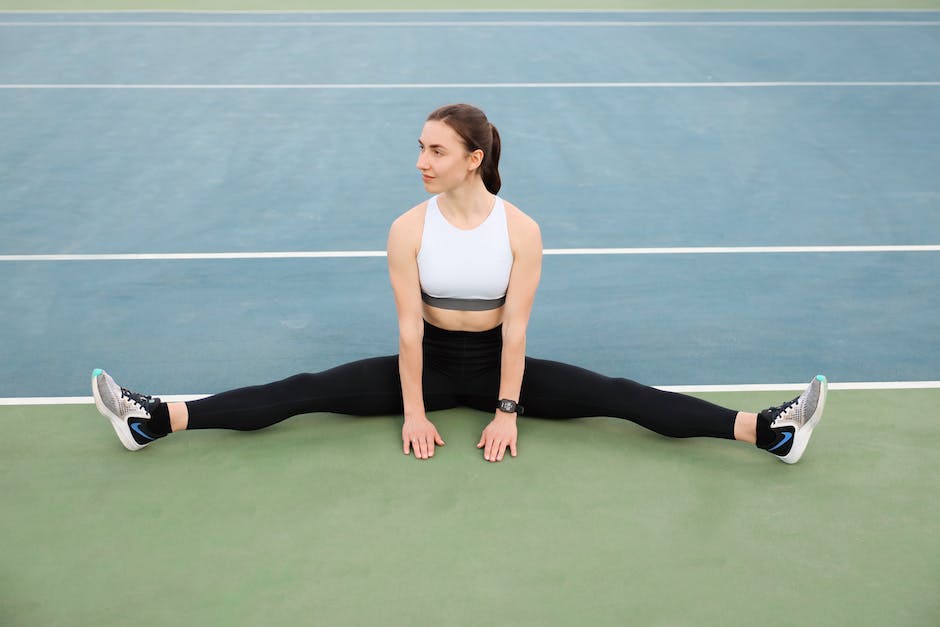
No Comment! Be the first one.